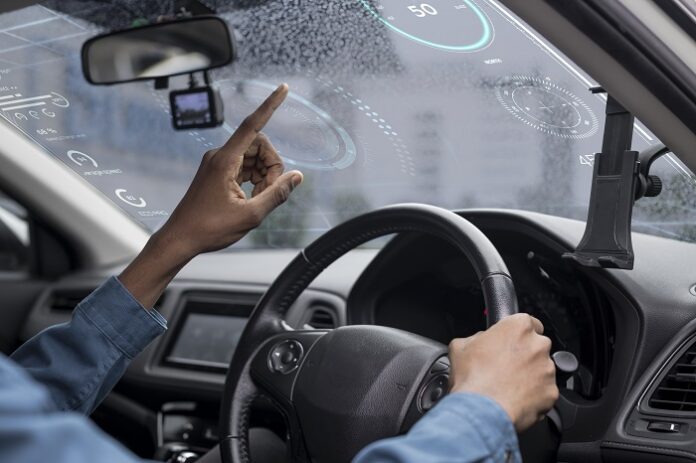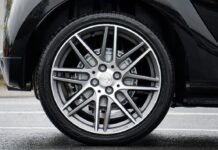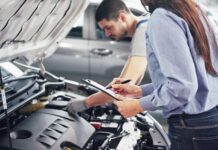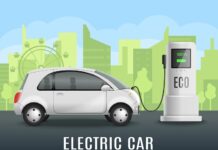The automotive industry has always been shaped by new technologies and designs. Sometimes, the change has been obvious. If we compare the average car from the 1950s to that of the 1990s, then the difference is stark.
Sometimes, however, these new technologies are more subtle and work cumulatively to produce a safer, more pleasurable, and more economical drive.
Let’s assess some of the latest and most promising technological trends, and see what the future might hold.
Electric and Hybrid Vehicles
Electric and hybrid vehicles are becoming more and more popular in the UK. As of the end of October 2023, according to data from the Society of Motor Manufacturers and Traders, there were around 1.5 million plug-in vehicles altogether, with 920,000 battery-electric vehicles and 560,000 plug-in hybrids.
The capacity of the average lithium-ion battery is rising steadily, going from around 40 kWh in 2018 to 60 kWh in 2022. This development is helping the industry to overcome a major barrier to widespread adoption, which is range anxiety.
If you’re in the market for a vehicle like this, it makes sense to shop at a local dealership. If you’re based in Yorkshire, for example, you might look for car dealers in Leeds.
The UK government, and regional authorities, have been keen for motorists to make the switch, offering incentives in the form of road tax exemptions, and disincentives in the form of Clean Air Zones. There’s also the proposed ban on the sale of new petrol and diesel vehicles, which, despite having been pushed back from 2030 to 2035, still looms large in the minds of many consumers.
Autonomous Driving Features
Among the more obvious new features in modern cars are the driver-assist features. Reverse parking, for example, has been made much easier by the availability of all-around camera systems and even cars that park themselves.
Key autonomous driving technologies are changing how we engage with automobiles.
- Adaptive Cruise Control:
Traditional cruise control is upgraded to adaptive cruise control. This system monitors the vehicle’s surroundings and adjusts speed using sensors, cameras, and radar. Vehicles keep a fixed speed on clear roads. The system decelerates if a slower vehicle enters its path to maintain a safe following distance. ACC automates speed changes, improving traffic comfort.
- Lane Keeping Assist
Lane-Keeping Assist prevents accidental lane changes. Cameras and sensors identify lane markers and gently nudge the car to stay in its lane. If the driver drifts without a turn signal, LKA guides the car back into lane. Lane drifting incidents are reduced by this function, improving road safety.
- Automatic Emergency Braking
Automatic Emergency Braking uses sensors and cameras to monitor the road ahead. An approaching collision with a vehicle or obstruction triggers emergency braking without driver engagement. AEB may reduce or avoid crashes, improving road safety and minimising accident severity.
- Self-parking
Self-parking systems employ sensors and cameras to find a parking location and guide the car. The driver controls acceleration and braking, but the system handles tight parking situations. This function is useful in metropolitan areas where parking is time-consuming and difficult.
Connected Car Technology
Your car is bristling with computer hardware. By forming a connection between this hardware and your mobile phone, you can access a range of appealing features. You might listen to a favourite audiobook during a long drive, or connect to a real-time navigation app like Google Maps or Waze.
Advanced Safety and Security Systems
You can now expect a new car to alert you when you are drifting from one lane to the next, and even nudge you back to position. You might see cars that automatically maintain a given distance from the vehicle in front, or which stop automatically in an emergency situation.
There’s also the promise of ‘vehicle to everything’ (or V2X) communication, which would allow your car to broadcast its presence, and those of other visible objects like dogs and cyclists, to other vehicles, devices, and networks. Given how many accidents result from imperfect knowledge of the road environment, it’s easy to see how such a technology might be beneficial.
Once these features become widespread, we might even see a push to make them mandatory, especially if drivers have come to rely on them.
Image by rawpixel.com on Freepik





